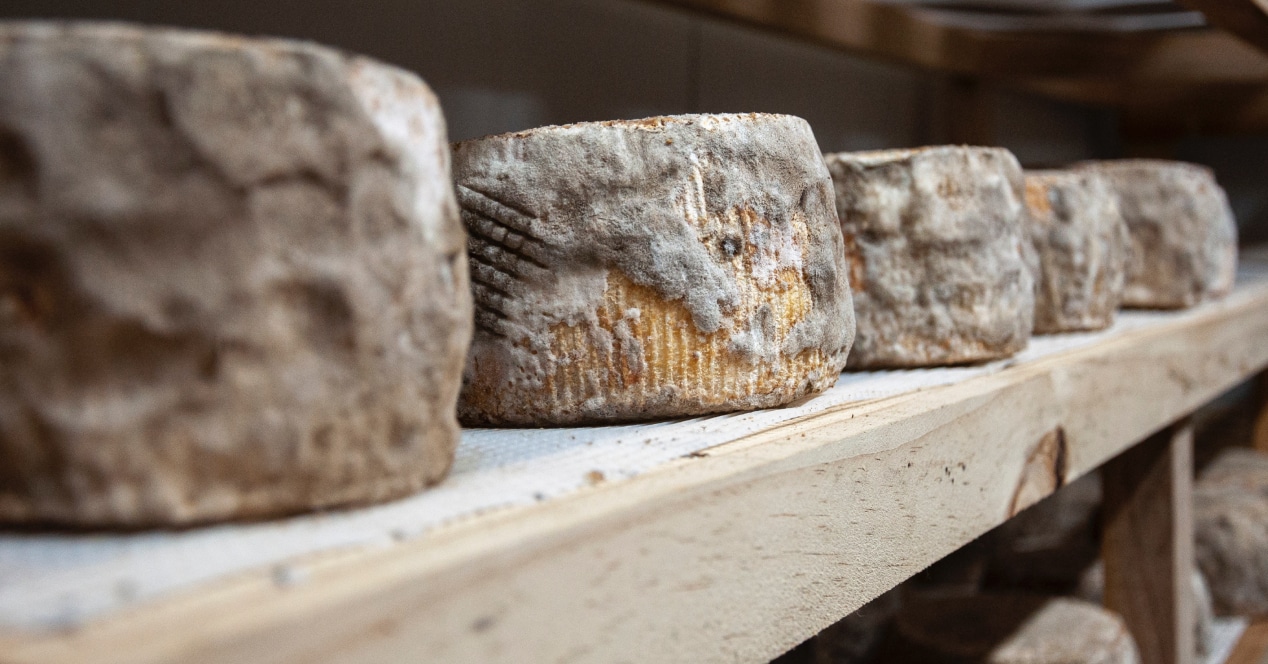
Cheese is one of the world's most beloved foods, and there are hundreds of different kinds. Whether it's an imported wedge from the cheese counter or pre-sliced from the deli, we want it to stay fresh as long as possible. Mold can be removed from Asiago, Cheddar, Swiss, and other hard cheeses, but why do we want to go to that point?
To help keep cheese fresh for as long as possible while in the fridge, there are a few tips. And we are not referring to removing mold from blue cheese, that can be eaten.
Do not use plastic wrap
The worst way to store cheese is in plastic wrap. Sure, it's easy to stick it in the fridge when we get home, but we're just stifling the flavor. Also, as cheese is mostly oil and fat, after a few days it will start to taste like plastic, masking the taste of the cheese itself.
There are natural odors emitted by cheese, the most significant being the pungent odor of ammonia. If we don't let it breathe, not only is it going to smell and taste like plastic, it's going to smell and taste like ammonia. However, if we wrap the cheese too loosely, we'll end up with dry, hardened chunks, which is just as bad.
Cheese bags or cheese paper is better
To keep cheese fresh for as long as possible, cheese bags or cheese paper are the best way to store it. It is porous, so it protects the cheese from exposure to air while allowing it to breathe.
There are not many manufacturers, but it is worth the investment. It is a two-layer material made of wax-coated paper and a thin, porous polyethylene plastic, which allows moisture to absorb, but not completely escape. Cheese bags last two weeks longer compared to plastic bags. To use these wraps correctly, it is recommended to watch wrap instructional videos to get the perfect folds.
Also works with wax or parchment paper
If we can't find or don't want to buy cheese paper, we can wrap it in wax paper or parchment, then put it in a partially sealed plastic bag. The paper creates a barrier between the cheese and the plastic, while the plastic prevents it from drying out. If it's pre-cut, we can wrap the slices in paper and put them back in the original, unsealed bag.
We can also surround the wax paper or parchment with aluminum foil, if we want to get away from plastic completely. This is one of the best methods, so that they last much longer than storing it as it is from the store to the refrigerator.
For cheeses that sweat a lot, it is better replace cheese paper, wax or parchment paper every time we unwrap them. Reused materials won't give us the same breathable seal we had before, so we'll start over for longer-lasting results, and most importantly, to prevent mold.

Replace brine if it gets weird
Some people advocate changing the packing solution in fresh cheeses every few days, but that's only necessary if it's contaminated. As long as we use clean utensils, it should not be necessary to change the solution.
If the solution is contaminated or has a strange look or smell, we can replace it with a saltwater brine of 1 tablespoon of salt dissolved in a few cups of water. The cheese will absorb some of the salt from the water, so adjust the salt level according to how salty you want the cheese to be.
buy small amount
We will try to buy cheese in small quantities so we only have to store it for a few days. That means buying it more often, but it's worth it because it tastes so much fresher when we first buy it. In a perfect world, we should only buy as much cheese as we can consume in one or two meals. Plus, that way you can't forget about it and let it go to waste.
Store it in the vegetable drawer
Ideally, the cheese should be kept between 1 and 7ºC. Freezing can cause the texture to break down, so the best place to store cheese is as far from the freezer as possible. We will store it in the vegetable drawer or in a lower drawer where the temperature is constant but not too cold.
Use oil to prevent mold
If we want to forego plastic altogether, we can rub the cut faces of the cheese with a light coating of olive oil, canola, or other vegetable oil, then store it in an airtight container in the fridge. If mold starts to grow, it will be in the oil, not the cheese itself. Then, we can wipe it with a paper towel and rinse with warm water.